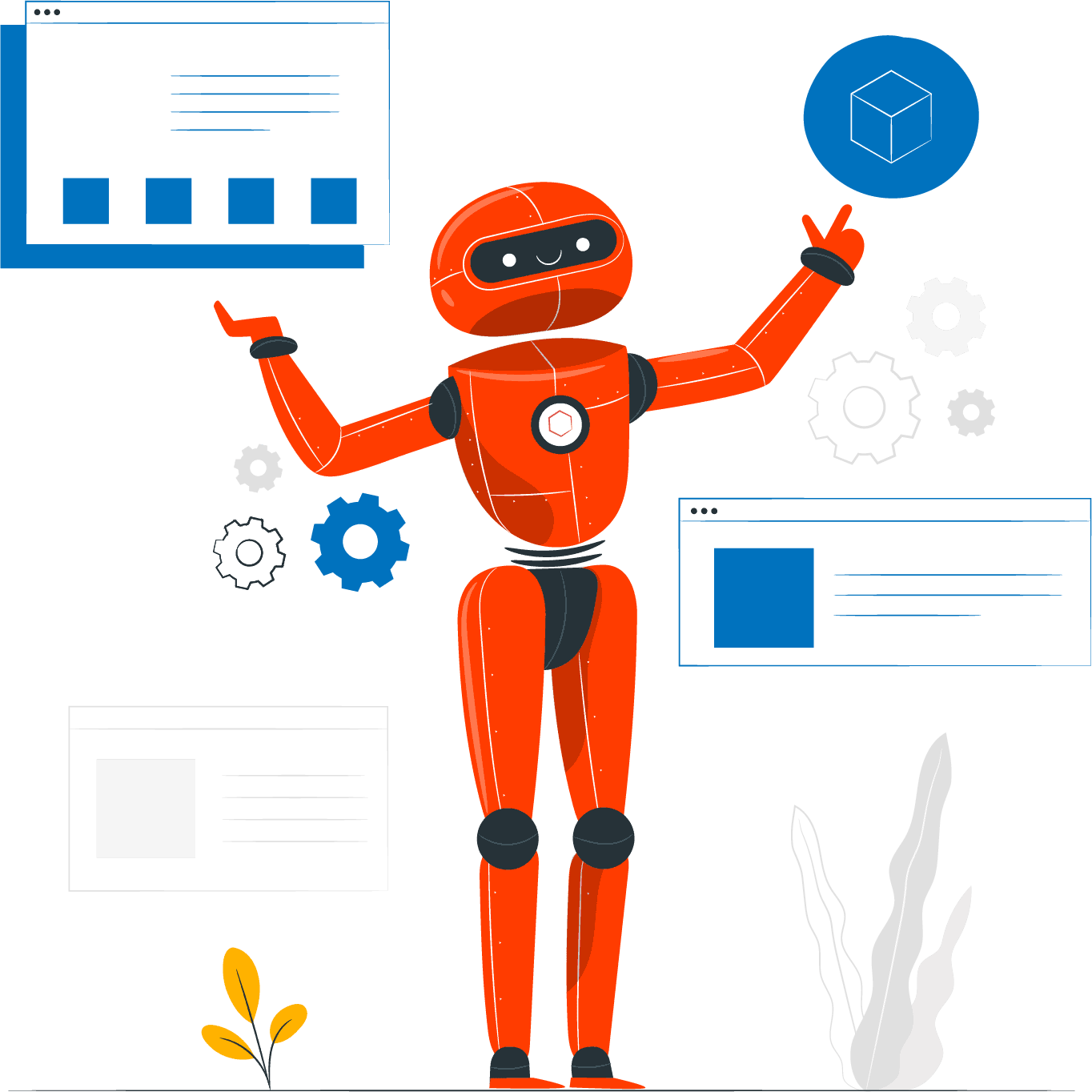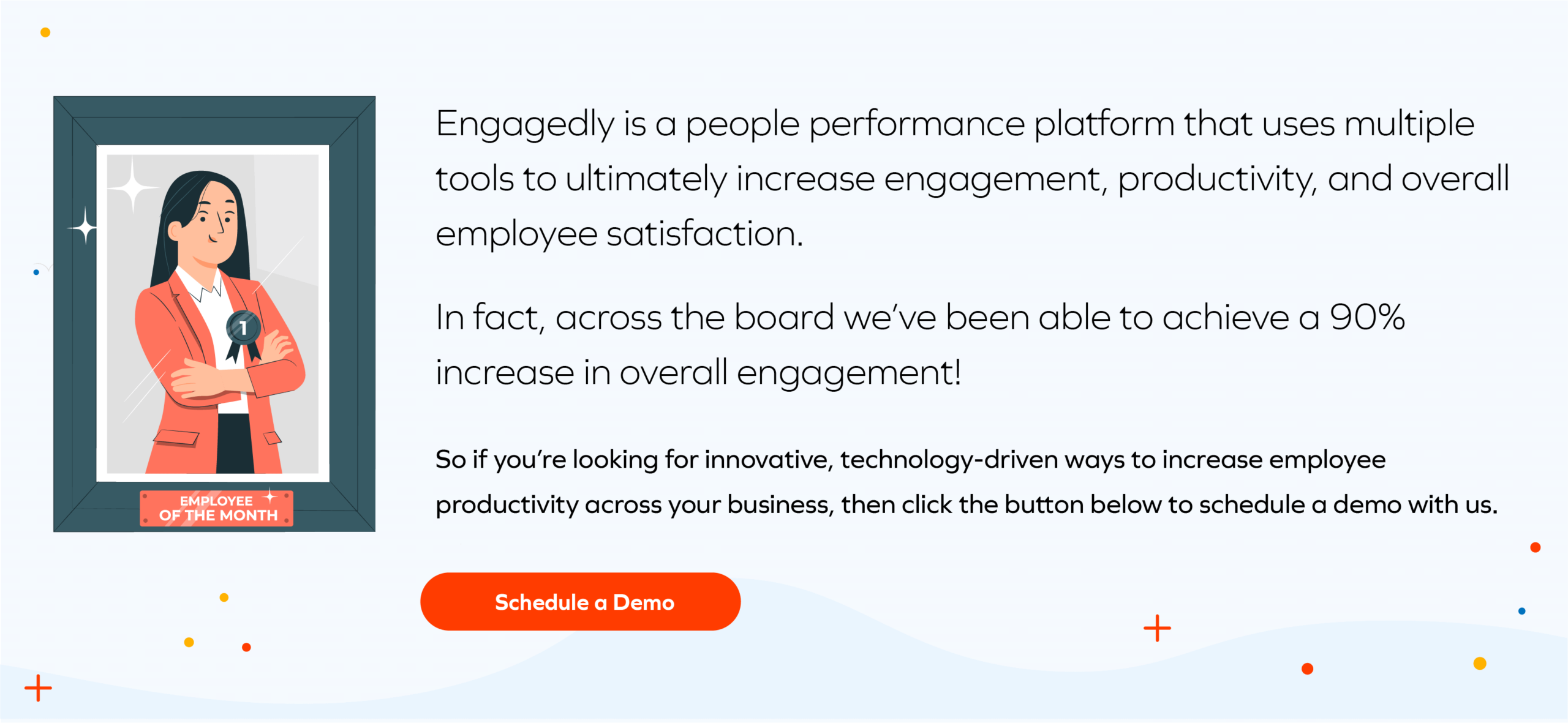“People with goals succeed because they know where they are going.”
These insightful words from renowned author and speaker Earl Nightingale underscore the profound significance of goal-setting and management in fostering both individual and organizational growth. Goal setting serves as a cornerstone for employees’ career development and job satisfaction, directing their focus towards clear objectives and delineating the path to achieving them, ultimately benefiting the organization.
Numerous analyses support the positive impact of goal-setting on employee productivity. Furthermore, extensive research highlights the substantial influence of goal-setting and management on employee satisfaction and performance.
The evidence is compelling: motivated employees striving toward specific goals become more productive contributors to the organization’s success. The art of effective goal-setting not only inspires and encourages but also propels personnel toward greater accomplishments, thereby driving overall organizational performance.
Boost Productivity with Salesforce + Engagedly Goals 2.0
The process of goal-setting needs thoughtful analysis. Employees are always keen to know how their contribution adds value to organizational objectives and personal growth. Hence, setting up the right employee goals enables managers to define this connection between employees and the organization clearly.
However, even when goals are set and developed, challenges often arise due to a lack of proper communication and an inability to adapt to changing circumstances. This is precisely where a robust goal-setting tool becomes essential.
To address these challenges effectively, leverage the power of Salesforce and Engagedly. This dynamic combination allows you to concurrently run multiple goal allocation processes. Furthermore, you can access a highly configurable workflow that can be tailored to meet the evolving needs of your company. By integrating these powerful tools, you enhance the overall flow of the goal-setting process, ensuring alignment with organizational goals and fostering individual growth.
Engagedly with Salesforce: Fuel Business Performance with Efficient Goal-Setting
The integration of Engagedly with Salesforce enables users to seamlessly link their Salesforce reports to Engagedly’s Goals 2.0. This method saves time and eliminates the risk of errors associated with manual goal updating.
Integration of Salesforce and Engagedly can help businesses set goals to boost their team’s performance. It allows team members and managers to stay on top of any updates or changes in the Salesforce report, as it will automatically reflect on Goals 2.0. By integrating Salesforce reports into Engagedly’s Goals 2.0, managers can dive deep into the productivity of every employee. This synergy between data and action sets a new efficiency standard, boosting individual and organizational performance.
With features like timelines, calendars, and progress views, team members can easily track the status of tasks and projects, promoting transparent communication. Additionally, the platform enables goal management by allowing users to set objectives and Key Results (OKRs) at both team and individual levels.
Engagedly Goals 2.0 + Salesforce Integration: Key Features and Benefits
-
Effective Goal Alignment
Everyone in an organization must be on the same page to effectively align goals across teams and departments. Constant communication between the managers and the employees is key to succeeding in this area. Engagedly with Salesforce facilitates efficient goal tracking and reporting capabilities. It enables businesses to measure their team’s progress in real time and adjust strategies as needed, ensuring goals are consistently met.
The integration of Salesforce and Engagedly allows managers to align goals through the following three steps:
- Set OKRs and monitor progress in real-time
- Give feedback on goals
- Gamification of accomplished goals with rewards and recognition programs
-
Seamless Integration
Enagedly’s Goals and Salesforce integration allow effortless management of goals on a single platform. Businesses can easily link Salesforce reports to Engagedly’s Goals 2.0. Any updates or changes in the Salesforce report will directly reflect on Goals 2.0.
-
Deep Insights into the Team’s Productivity
Businesses can better understand employees’ productivity data by integrating Salesforce reports into Engagedly’s Goals 2.0. The integrated platform allows businesses to collect big data, derive valuable insights, and put it to work for the organization. The advanced data analytics capabilities of the platform help businesses make informed decisions about employee goal orientation, significant roadblocks in attaining individual goals, specific training programs to offer to employees, etc.
-
Increased Employee Engagement
Businesses integrating Engagedly with Salesforce boost employee engagement by offering employees a tailored experience. The robust platform helps businesses build a 360-degree view of employees to track their goals, progress, milestones, etc. This information helps businesses create relevant career advancement programs for each employee to ensure maximum engagement.
-
Streamlined Communication
Within every business, diverse departments like IT, sales, operations, and customer support operate independently. By leveraging Salesforce and Engagedly’s Goals 2.0, businesses can seamlessly enhance communication and collaboration, effectively bridging the gap between these various departments. Moreover, the integration of real-time analytics empowers businesses to monitor the progress of cross-functional teams, enabling the identification of areas for improvement and ultimately boosting the overall productivity and efficiency of these teams.
-
Intuitive UI for a Seamless User Experience
Goals 2.0 showcases one of the most interactive and intuitive interfaces, incorporating detailed graphics and visuals that provide a quick and insightful analysis of data. Whether on laptops or mobile phones, the platform ensures ease of use, allowing users to effortlessly navigate through core information and functions.
The simplicity of the user interface in Goals 2.0 makes the creation and viewing of various goals a straightforward process. By actively monitoring and tracking progress, both individuals and teams can enhance their productivity levels.
-
All the Major Metrics in One Place
Salesforce + Engagedly presents an extensive dashboard consolidating crucial metrics into one convenient location. The Goals 2.0 dashboard ensures swift access to project data, facilitating effective management and organization of project objectives and activities. Project managers gain the flexibility to customize processes, aligning them precisely with project goals.
Furthermore, the integration of Salesforce with Engagedly centralizes employee data, enhancing decision-making efficiency for businesses.
Additionally, the milestone propagation feature in Goals 2.0 simplifies goal management complexities across diverse business units, departments, team members, and individuals. This holistic perspective fosters clarity and purpose, elevating organizational efforts.
-
Accurate Forecasting
As a leading performance management and employee engagement solution provider, Engagedly realizes the importance of driving greater long-term revenue and sustainable growth. Hence, integrating Salesforce with Engagedly Goals 2.0 offers an ideal solution to facilitate comprehensive and scalable forecasting powered by automation and predictive AI. The integrated platform allows businesses to drive goals, track real-time progress, and develop flexible forecasts for an agile business environment.
Conclusion
By seamlessly integrating Engagedly with Salesforce, businesses can streamline their goal management processes, automate tasks, and consolidate crucial data, gaining access to real-time information. This integration facilitates swift intervention by alerting relevant team members to any delays or issues hindering the accomplishment of individual goals.
Through the power of automation and insightful analysis, businesses can effortlessly oversee and optimize all facets of performance management. The synergy of Salesforce and Engagedly ensures that businesses prioritize high-quality work, fostering sustainable growth and enabling the achievement of their objectives.
Frequently Asked Questions
-
How does Salesforce integration enhance the efficiency of a goal management process?
Through the integration of Goals 2.0 with Salesforce, businesses can establish a seamless system for defining objectives, monitoring performance, and enhancing communication between managers and employees. This integration empowers managers to deliver consistent feedback to employees while gaining access to analytics specifically tailored to meet the organization’s performance management requirements.
-
How does a goal management tool improve business productivity?
Leveraging the synergy between Salesforce and Engagedly Goals 2.0 can significantly streamline labor-intensive business operations, enabling employees to channel their efforts towards revenue generation. This dynamic collaboration empowers businesses by providing comprehensive insights into individual employee performance. It identifies areas requiring attention and strategically determines training initiatives that can enhance staff capabilities, ultimately contributing to overall business success.
-
What are some other tools to improve the productivity of an organization?
Automation tools, like Engagedly’s MarissaAI, leverage contextual AI to boost communication and leadership. Marissa facilitates constructive feedback, recognition, and insights, enhancing employee engagement and retention for thriving businesses.








 Image Source:
Image Source: 

 OKRs are one of the best methods of measuring
OKRs are one of the best methods of measuring  Planned-to-done ratio measures the number of tasks delivered by team members against the planned activities.
Planned-to-done ratio measures the number of tasks delivered by team members against the planned activities. 

 Image Source: McKinsey.com
Image Source: McKinsey.com






